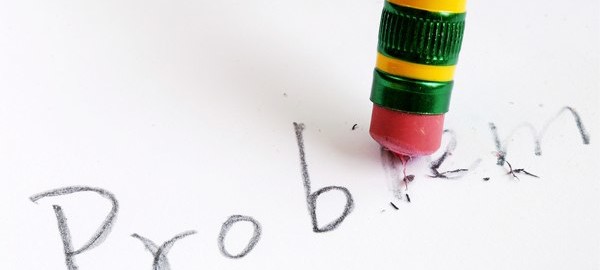Problem Solving Strategies
Problem solving strategies help us navigate life’s “problems” or “challenges” when they arise. The manner in which we respond to the circumstances we face can be seen as either proactive or reactive problem solving strategies. Instead of looking at the issues that arise as negative forces, instead lets view them as learning experiences that can bring about our greatest good.
The next time we are faced with a circumstance that could be viewed as a problem, step back and evaluate the situation at hand. Let’s look at what makes a response proactive or reactive in nature.
Proactive problem solving strategies emphasize active listening skills and seek to bring about a win-win solution for all involved. With proactive problem solving strategies, we access the situation ahead of time and trouble shoot before an issue arises. We take into account that there are multiple ways to solve any given problem.
Reactive problem solving strategies occur as a response to a situation. Typically, it focuses on quick fixes to avoid further reactive responses or issues in the immediate future. Often, reactive problem solving strategies spring forth from a narrow focus, lack of awareness or not listening.
Problem Solving Strategies
When approaching a problem, follow these 6 problem solving strategies to identifying the problem and best course of action.
1. Identify and define the problem. It is important to identify if the problem is real or perceived, if it’s significant, and if it’s an ongoing problem or not.
2. Learn more about the problem. This is the: Who, What, When, Why and How? Gather only the facts about what happened or what caused the problem.
3. Generate solutions. Focus on what you can do. Focus on what needs to be addressed, the best way to resolve the issue and any alternatives.
4. Choose the best course of action, decide how the issue will be resolved.
5. Implement the solution.
6. Assess and follow up if needed. Did the course of action you chose resolve the problem? If not, make necessary changes and keep moving forward.
As we practice proactive problem solving strategies, these actions will become second nature. Make a mental note of how you feel before, during and after implementing the problem solving strategies. In the comments, let us know how these problem solving strategies have helped you.




Leave a Reply
Want to join the discussion?Feel free to contribute!